It’s everywhere. You can touch it, see it, hear it, speak it. It’s as old as humankind, but also being created all the time. And it means different things to different people.
Most often, we’ll think of history and heritage as being about national events or “Places Where Things Happened” or “Important People”. But it’s a lot more than that.
So what is heritage and why is it important?
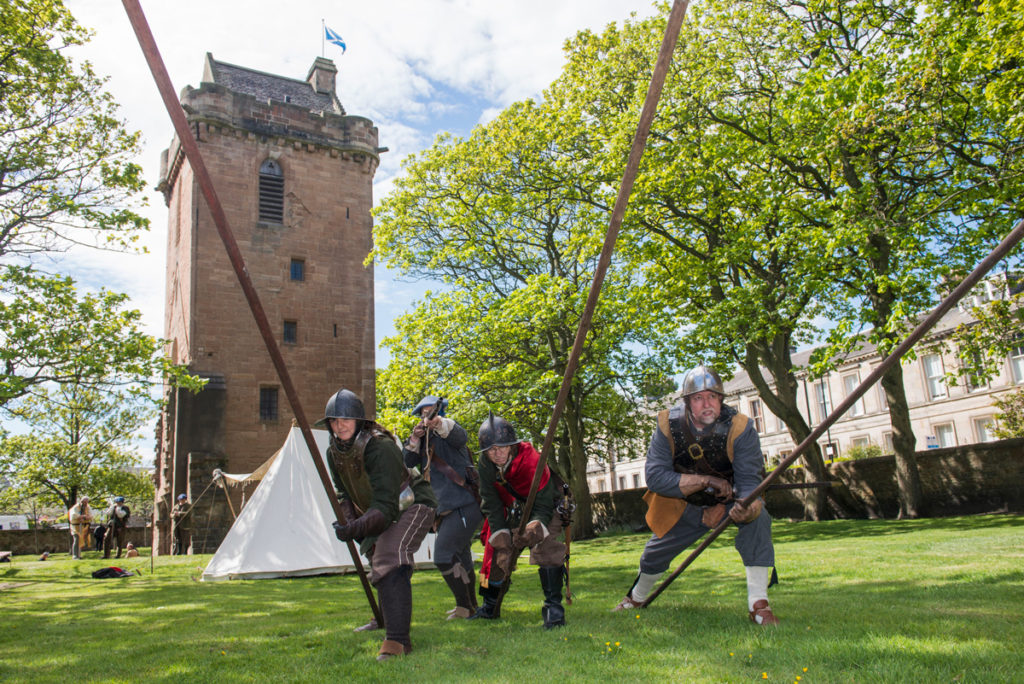
Past, places and traditions
Your heritage might be physical places. Your favourite music venue, a local park, ruined castles on moody evenings, or the landscapes you picture when you think of home.
I love using words like ‘braw’ and ‘scunner’. Local language is dying out.
Forth Valley College ‘What’s Your Heritage’ workshop
But your heritage could also be the stories you were told as a child. It’s the language you speak or words your family made up years ago that just became part of your day to day conversation around the house. Heritage is our music, our food, our traditions.
It’s about places and people and histories that are important to you.
Heritage matters
What we consider important in our past can help to us to feel connected.
A community, brought together by a place, a language, or a shared past, might feel closer to each other through their histories.
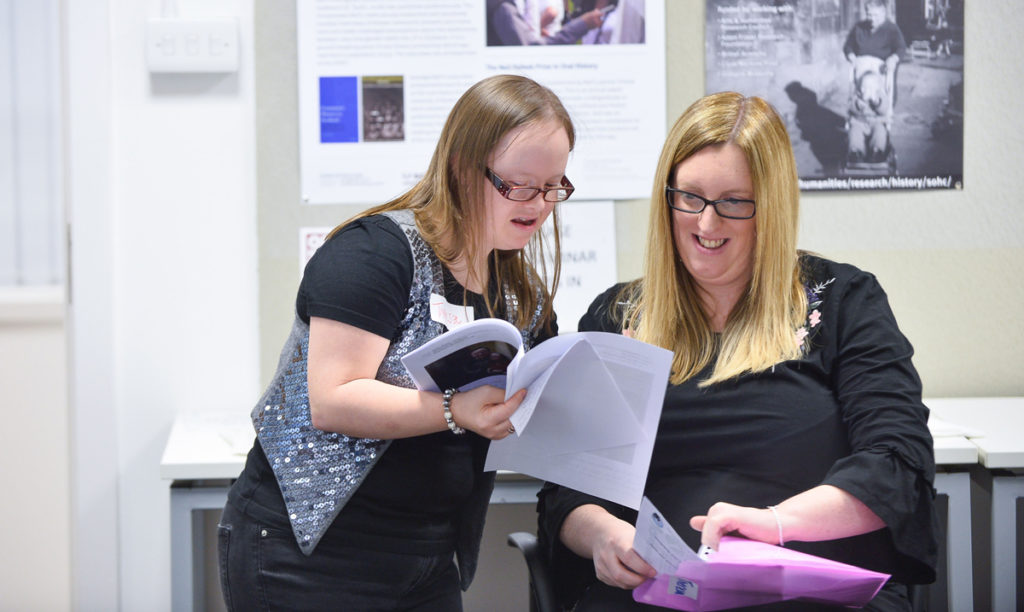
Heritage reflects different viewpoints across cultures and generations. It’s key to local distinctiveness and identity. It helps us to understand who we are and who we are not.
But heritage can also challenge us and make us question things about our society. It can shed light on aspects of our past that have been hidden. Sometimes parts of our past will make us uncomfortable, but it’s crucial to talk about these issues to help us shape our society today and in the future.
Communicating culture
Sometimes it’s hard to communicate exactly why that particular song, story, place or person is important to you.
You might be talking about heritage in your community, with friends and family, with experts, or with people who don’t know anything about it at all.
And you might be thinking, ‘where do I begin’…?
A good place to start is communicating what’s special about heritage and this is where ‘cultural significance’ comes in.
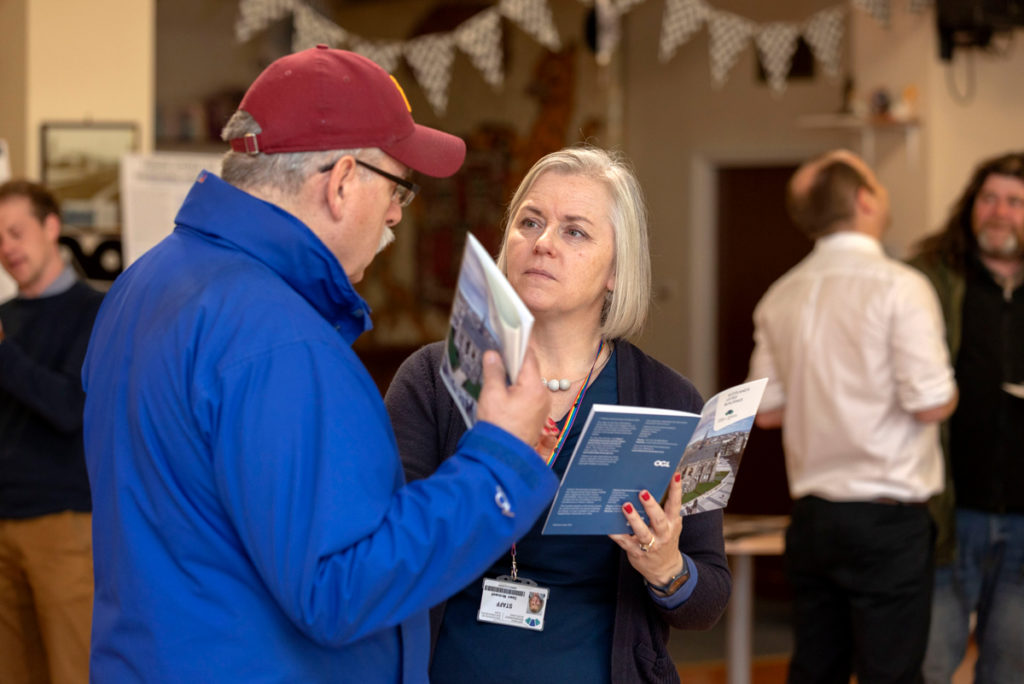
The idea of cultural significance is used widely in Scotland and across Europe. A shared understanding of significance helps when we discuss whether something should be recognised or celebrated, and how it should be managed in the future.
The Barrowland Ballroom is just the same. The smell transports me back to when I was a teenager.
East Renfrewshire ‘What’s Your Heritage’ workshop.
Our guide to Talking About Heritage (currently under consultation) offers a step-by-step introduction to understanding significance.
Step 1: What is it?
Here, the idea is to think about the place, object, or any other thing you’re analysing in detail. In this step, you should focus on it in isolation.
A key part of this will be thinking about any physical elements:
- How much survives of what was once there?
- What does it look like?
- How much has it changed through time?
You can also think about this for things that aren’t physical. For example, you might consider how stories change as they get told time and time again.
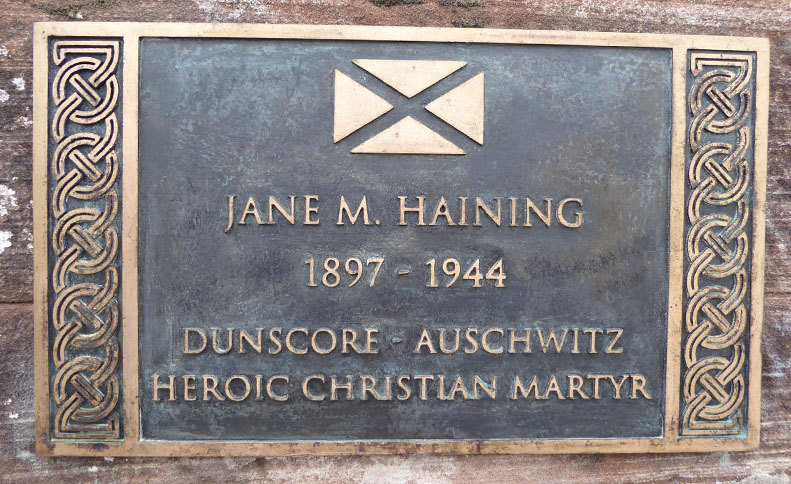
Step 2: What is its context?
The next step is to examine where the thing you’re analysing sits in the wider world. Even if something is unique, it will still have wider relationships.
You can think about context in terms of place, time, and also a wider context of ideas and traditions:
- What is its history? How has it been used in the past, and now?
- Does it have relationships with other objects, places, events, stories?
- Is there anything like it – can you find any other examples? Is your example unusual? Or is it in particularly good condition?
- Does it have wider meaning to people? Do people tell stories about it, or sing songs about it? Is it something that people would recognise from a painting, or photographs? Has that meaning changed with time?
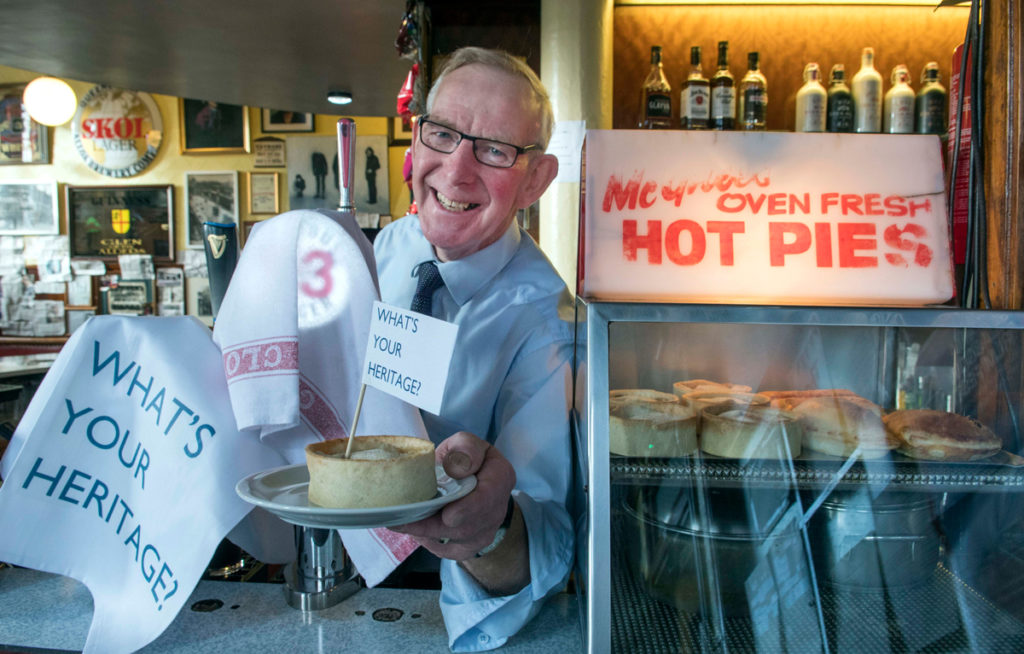
Owner of the category C listed Laurieston Bar refers to the Glasgow institution as “just a pub”.
Step 3: What values do people place on it?
Once you’ve thought about these things, you should be in a good position to think about what values it has for people.
Bear in mind that people will often have different views about what is special. At one extreme, heritage that might be ‘special’ to one person or group of people, may be viewed differently, or even negatively by another.
How people value heritage can also change with time. A great example is Edinburgh’s New Town, which is now an internationally renowned World Heritage Site, but was considered ugly when it was first built. It’s helpful to speak to other people to understand the full range of values – capturing this diversity can be the most rewarding part of the process.

James Craig’s plans for the Edinburgh New Town, published in 1767 © HES
There’s a huge range of information out there, from old photos and historic documents, to online maps and databases, to living history such as stories, language and traditions...
We know it can be challenging to talk about heritage, so we’re working on new guidance to make all this easier. Let us know what you think by taking part in the consultation or get in touch at talkingaboutheritage@hes.scot.

